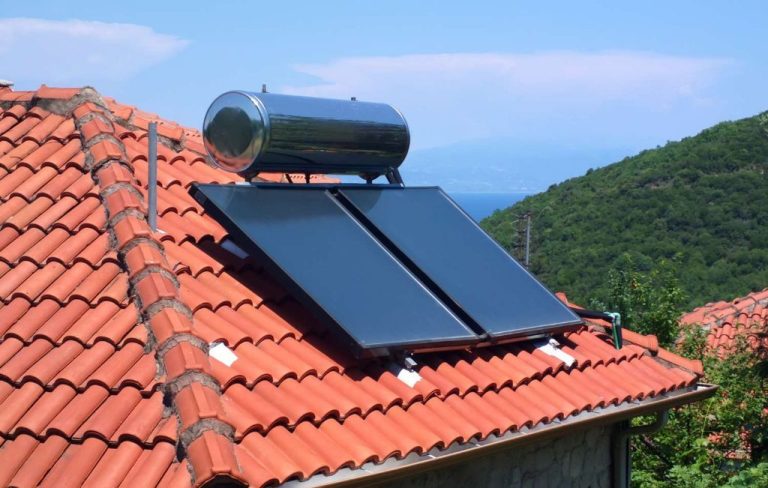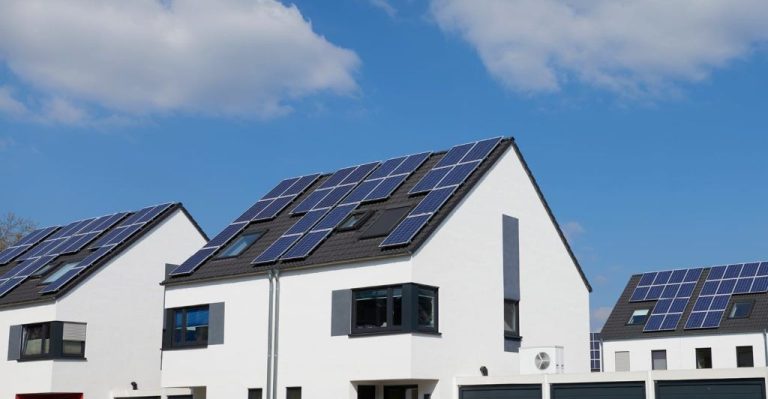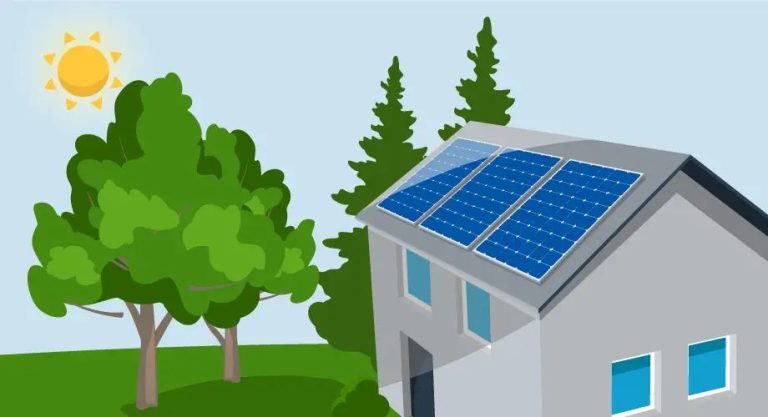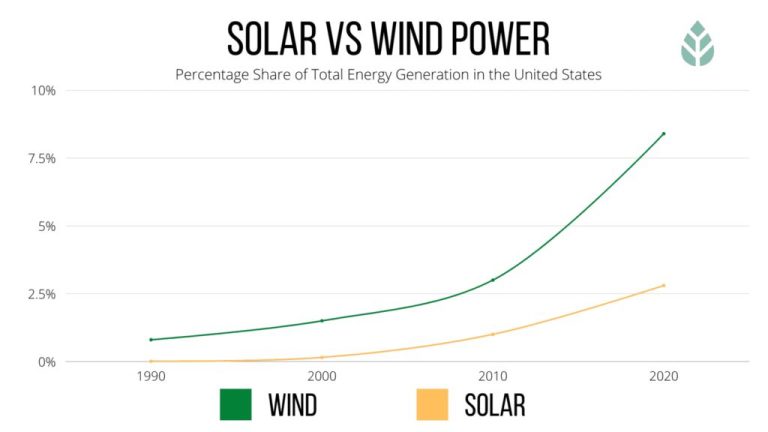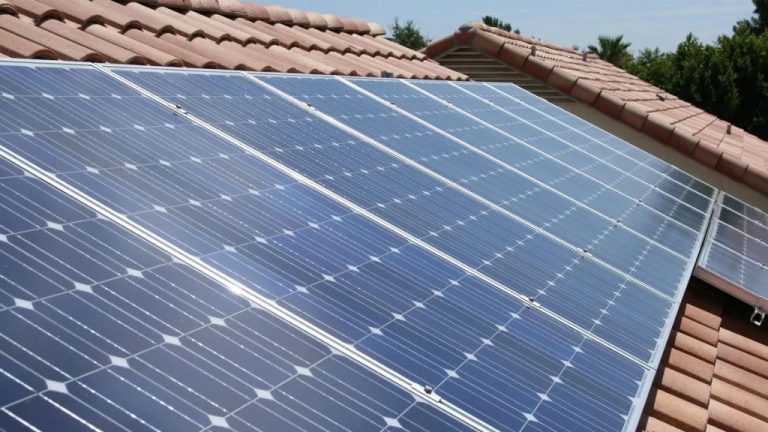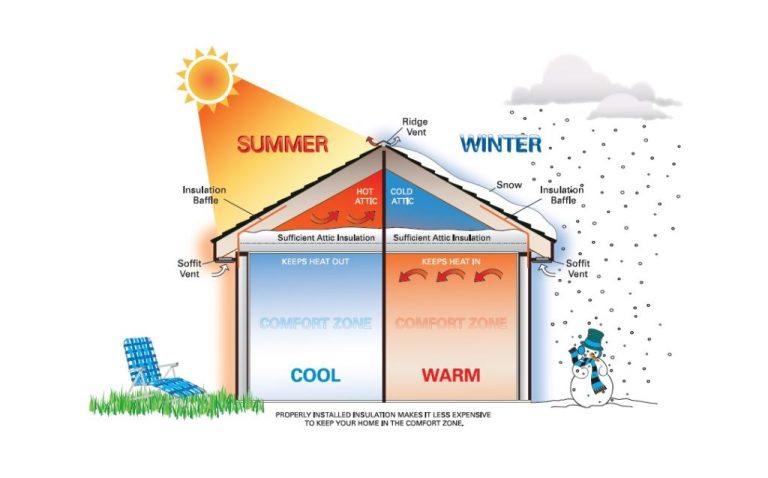Is Virginia A Solar Friendly State?
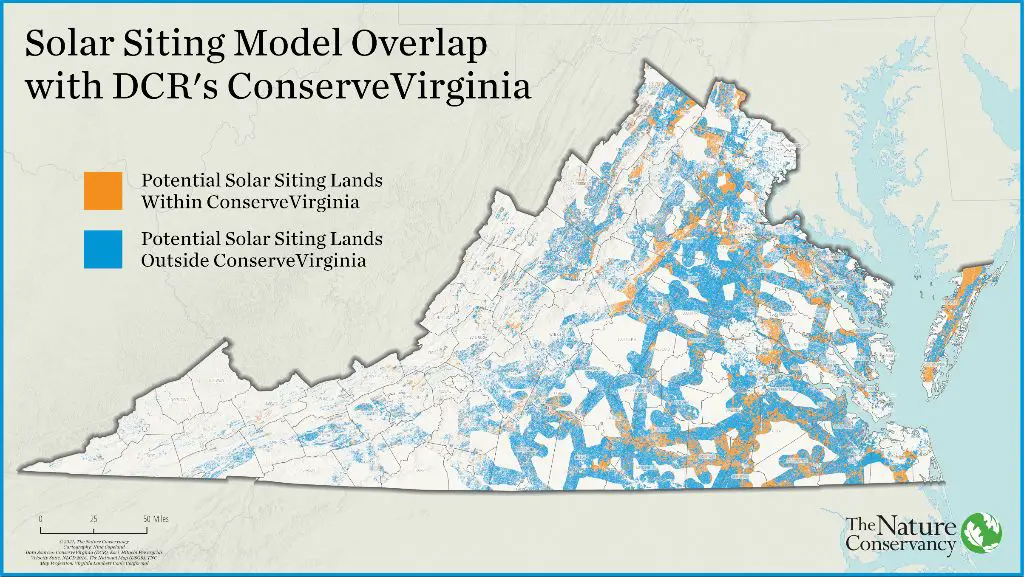
Virginia has become increasingly open to solar energy in recent years, with growing adoption of policies and incentives that support solar development in the state. However, Virginia still lags behind leading solar states and has room for improvement when it comes to being truly solar friendly.
Solar energy provides only a small fraction of Virginia’s electricity generation currently. In 2021, solar accounted for just over 1% of the state’s net electricity generation, though capacity has expanded in recent years (Virginia Profile). Factors like policy incentives, regulation, and access to installations influence how solar friendly a state is. Virginia has made progress on these fronts, but barriers remain.
This article will examine solar energy’s growth, incentives, and future outlook in Virginia. It will analyze the pros and cons of Virginia’s solar landscape to determine how solar friendly the state really is and how it compares to the leading solar states.
Solar Potential in Virginia
Virginia has moderate solar potential compared to other states, according to Project Sunroof’s Data Explorer. The state ranks around 25th in the nation for rooftop solar generation potential. Project Sunroof estimates about 65% of rooftops in Virginia are viable for solar, which could generate around 714,117 gigawatt hours (GWh) per year. This is about 91% of the state’s total electricity sales in 2020.
Southwestern Virginia generally has the best solar resources in the state. Cities like Bristol, Galax, and Norton average around 4.5-5.0 kWh/m2/day. Northern Virginia cities like Arlington and Alexandria average slightly lower around 4.3-4.5 kWh/m2/day. Coastal areas like Virginia Beach and Norfolk are lowest at 3.5-4.0 kWh/m2/day.
Compared to leading solar states like Arizona and California which average around 6 kWh/m2/day, Virginia’s solar potential is more limited. But areas in the southwest could still support large-scale solar farms effectively.
Solar Policy and Incentives
Virginia has implemented several policies and incentives to encourage solar adoption across the state. Some of the key solar incentives available include:
Virginia offers state tax credits equal to 25% of the cost of purchasing and installing a renewable energy system, up to $3,000 for residential systems. There is no maximum limit for commercial solar tax credits.
Virginia has a property tax exemption for solar installations. Homeowners receive an 80% exemption on the added value solar panels give their home for the first 5 years. This decreases to 70% for the next 5 years.
The state also has a Solar Renewable Energy Certificate (SREC) program that allows system owners to sell credits from the solar power they generate. In 2023, SRECs sell for $45-70 per certificate.
Net metering is available in Virginia for systems up to 20 kilowatts in size. Excess solar generation is credited to the customer’s next bill at the retail rate.
There are also grant and loan programs available through the Virginia Department of Mines, Minerals and Energy to support solar adoption.
Growth of Solar Industry
Solar installations have grown rapidly in Virginia over the past decade. According to the Solar Energy Industries Association (SEIA), Virginia had 47,997 total solar installations as of 2022, ranking it 10th nationally for projected solar growth over the next 5 years with over 7,000 MW (SEIA). The state had only 12 MW of solar capacity in 2012, but increased dramatically to 806 MW by 2018. Virginia is projected to reach over 3,000 MW of solar capacity by 2024, representing 10 times growth in just a decade (Electric Rate).
The solar industry in Virginia is expected to grow at an annualized rate of x.x% to reach $84.5 million by 2023, according to market research (IBISWorld). Major solar companies with a presence in Virginia include Sun Tribe Solar, Sigora Solar, and Secure Futures Solar. Sun Tribe has installed over 5,000 solar systems in the state since 2012. Sigora completed the 6 MW Gloucester Solar project in 2018 to power county buildings. Secure Futures has focused on providing solar power to schools and universities across Virginia.
Barriers to Solar Adoption
While solar energy holds great potential in Virginia, there are still barriers hindering widespread adoption across the state. Some of the key challenges include:
Upfront Costs – The high upfront cost of purchasing and installing solar panels deters many homeowners and businesses. According to the Solar Energy Industries Association, the average cost to install a residential solar system in Virginia is $14,960 before incentives (1). This can be prohibitively expensive for many households.
Lack of Widespread Education/Awareness – There is still a general lack of education and awareness about the benefits of solar energy in Virginia. Many homeowners do not fully understand how solar works, the potential return on investment, and available incentives. Greater public education efforts are needed (2).
Policy Limitations – While Virginia has taken positive steps with the Solar Freedom legislation in 2020, some policy limitations remain. For example, homeowners associations (HOAs) can still restrict solar installs unless permissions are explicitly granted in an HOA’s bylaws (3). More policy reforms are needed to remove red tape.
Infrastructure Challenges – Integrating more solar into Virginia’s aging electricity grid presents technical challenges. Investments into modernizing the grid infrastructure will be required to handle the intermittency of solar generation. Updating interconnection processes could also streamline solar adoption (4).
(1) https://www.seia.org/state-solar-policy/virginia-solar
(3) https://www.virginiamercury.com/2020/03/18/new-laws-clear-away-barriers-to-small-solar-projects/
Support for Solar
There is widespread support for solar energy in Virginia according to public opinion polls. A 2018 survey by the Yale Program on Climate Change Communication found that 86% of Virginians support regulating carbon dioxide as a pollutant and requiring utilities to produce 20% of electricity from renewables like solar by 2025. [1]
Dominion Energy, Virginia’s largest utility, has launched several initiatives to support solar adoption such as its community solar pilot program. Local governments have created solar goals and programs for residents including in Charlottesville and Richmond. [2] Major environmental organizations like the Chesapeake Climate Action Network and Appalachian Voices have pushed for pro-solar legislation and consumer education programs.
This support reflects Virginians’ desire for more clean energy options. However utilities and policymakers will need to work to make solar panel installation more affordable and accessible for widespread adoption across Virginia.
Case Studies
There are several notable solar power success stories in Virginia that demonstrate the viability and benefits of solar energy in the state.
In Stafford County, a residential homeowner installed a 9.9 kW solar panel system which now generates on average 1,200 kWh per month. According to Nova Solar’s case study, this system offsets 98% of the home’s electricity usage and the owner is now paying an average of just $18 per month on their utility bill, down from $303 per month before installing solar (https://novasolar.com/solar-case-studies/stafford-county-va/).
The Commonwealth of Virginia itself has embraced solar power and installed systems at 28 different state facilities as of 2020. According to a Suntribe Solar case study, these installations provide over 7 MW of solar capacity and are estimated to save taxpayers $150 million in energy costs over the next 25 years (https://suntribesolar.com/case-study/commonwealth-of-virginia/).
Electric cooperatives in Virginia are also expanding community solar programs, such as BARC Electric Cooperative which has installed 1.1 MW of community solar capacity across three sites since 2018. BARC cites lower costs and increased customer demand as driving factors behind these community solar projects (https://sepapower.org/resource/case-study-barc-electric-co-op-community-solar-leader-in-virginia/).
Future Outlook
Projections indicate continued growth for solar power generation in Virginia in the coming years. According to a report from the Solar Energy Industries Association, Virginia is expected to see its annual solar installations more than double from 2022 to 2023 [1]. By 2026, solar generation capacity is projected to be over 7,000 MW, up from just over 3,000 MW in 2021.
There are several planned policy initiatives and infrastructure projects that will support this growth. The Virginia Clean Economy Act, passed in 2020, requires Dominion Energy and Appalachian Power to construct or acquire over 16,000 MW of solar and wind resources by 2035 [2]. Dominion has proposed multiple new solar farms to help meet these goals, including an 80 MW facility in Pittsylvania County.
While solar power has momentum in Virginia, challenges remain. Permitting and siting large-scale projects can be difficult, especially when solar facilities are proposed for agricultural or forested lands. Upgrading the electricity grid to handle increasing renewable generation will require major investments. However, with strong solar resources and both public and private sector support, Virginia appears poised for substantial solar energy growth in the years ahead.
Comparisons to Other States
Virginia has made significant progress in adopting solar energy and creating a friendly policy environment compared to other states in the region. As of 2021, Virginia ranks 5th nationally for solar installations, moving up from 13th place in 2020 (https://energynews.us/2021/06/15/as-policy-impacts-kick-in-virginia-climbs-into-top-five-states-for-solar/).
This rapid growth brings Virginia closer to solar leaders like California, New Jersey and Massachusetts in terms of total solar capacity. Virginia’s solar adoption rate is now double that of neighboring states like North Carolina, Maryland and Pennsylvania (https://www.energysage.com/solar-panels/va/).
Key factors that have helped spur Virginia’s solar growth include state tax credits, net metering policies, renewable portfolio standards, and legislation enabling third-party ownership models. Virginia can look to states like California and New Jersey that have robust statewide programs, incentives and funding initiatives to continue expanding access to solar.
However, Virginia still lags far behind the leading states in solar penetration and percent of electricity from solar. So there remains room for improvement. Stronger policy support, grid modernization investments, community solar programs, and targeted incentives for low-income households could help Virginia catch up to the top-ranking solar states.
Conclusion
In reviewing Virginia’s solar landscape, a few key points emerge. First, Virginia has decent solar potential, ranking 25th nationally in solar rooftop capacity. However, solar currently provides less than 1% of Virginia’s electricity. Second, while state policies and incentives have improved in recent years, Virginia still lags behind leading solar states in terms of policy support. The renewable portfolio standard is modest compared to other states and net metering rules impose additional fees on solar customers.
On the positive side, solar investment and jobs are growing rapidly in Virginia, nearly tripling from 2018 to 2021. Major utility-scale projects have been announced, showing increased solar deployment. But distributed, rooftop solar adoption remains low compared to other states due to policy and regulatory barriers.
Overall, Virginia is making progress on solar but still has a long way to go to catch up to solar leaders. More could be done to encourage rooftop solar through updated net metering rules, solar incentives, and interconnection standard reform. To become a truly solar-friendly state, Virginia needs stronger policy support, fewer regulatory hurdles, and a continued commitment to clean energy from legislators and utilities.
With abundant solar resources and rapidly declining costs, Virginia has the potential to harness much more homegrown solar energy. But realizing that potential will require the political will to make the Commonwealth’s policy landscape more solar-friendly.

